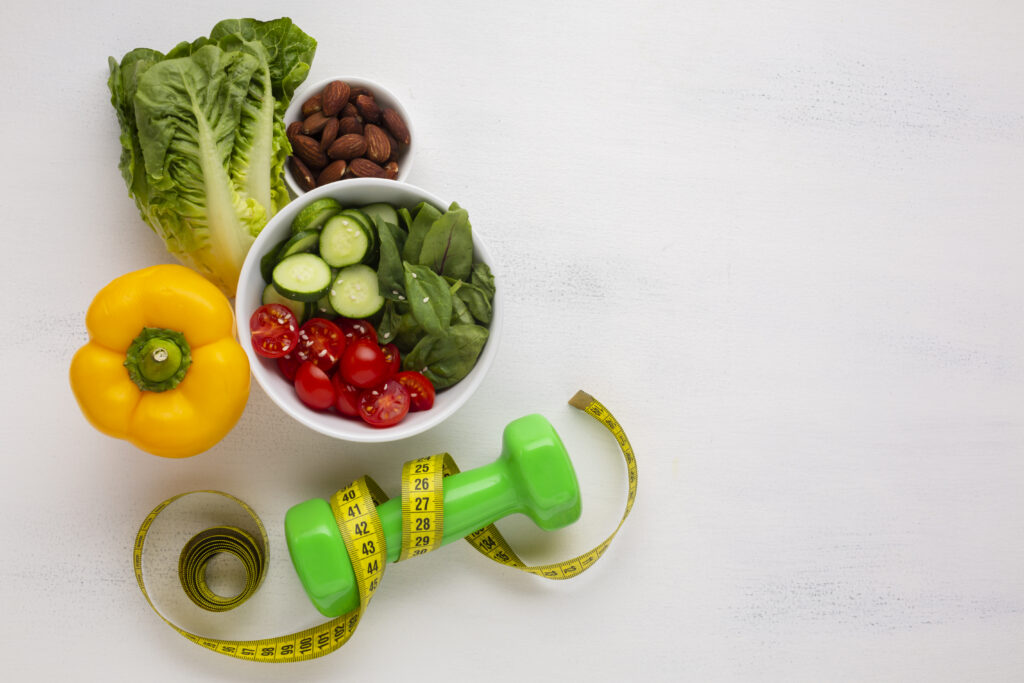While struggling with the shed, no matter how difficult you are a diet? Gupta can be a lie in metabolism. Your metabolic speed determines how effectively your body burns calories, and a dull metabolic can vandalize the effort to lose weight. But don’t wear – promoting metabolism is not about extreme diet or magic pills. By changing the simple, permanent lifestyle, you can create your body’s calorie burn engine. Let’s prove how to boost metabolism and unlock lasting energy and weight control.

1. What Is Metabolism? Understanding Your Body’s Engine
Metabolism refers to chemical processes that convert food into energy. Basal metabolic velocity (BMR) comfortably burns your body in the number of calories to maintain important tasks such as breathing and cell repair. Factors such as age, genetics, muscle mass and hormone levels affect BMR. When you cannot control aging or DNA, you can use habits that increase metabolic efficiency.
2. Eat Metabolism-Boosting Foods
Your diet plays a starring role in firing up your metabolism. Incorporate these foods to increase metabolic rate:
- Protein-Rich Foods: Chicken, fish, tofu, and legumes require more energy to digest than carbs or fats, thanks to the thermic effect of food (TEF). Protein can raise TEF by 15–30%, compared to 5–10% for carbs.
- Spicy Peppers: Capsaicin in chili peppers temporarily boosts metabolism and fat oxidation.
- Green Tea and Coffee: Caffeine and antioxidants like EGCG in green tea enhance calorie burn by 3–11%.
- Whole Grains: Oats, quinoa, and brown rice stabilize blood sugar and prevent metabolic slowdown.
- Iron-Rich Foods: Spinach, lentils, and shellfish support thyroid health, which regulates metabolism.
3. Build Muscle with Strength Training
Muscle tissue burns more calories at rest than fat. By lifting weights or doing bodyweight exercises 2–3 times weekly, you’ll build muscle mass and elevate your BMR. Studies show that every pound of muscle burns about 6–10 calories daily, while fat burns just 2–3. Compound movements like squats, deadlifts, and push-ups deliver the best results.
4. Try High-Intensity Interval Training (HIIT)
Less in time? Meeting Training Semprodes promote the outbreak of emergency activity, keep your metabolism high for training after hours. The 15-minute hiit session can burn more fat than Cardio with stable condition. Try cycling on a sprint interval, jump rope or cycling for a quick metabolic kickstart.
5. Stay Hydrated for Optimal Metabolic Function
Even mild dehydration slows metabolism. Drinking 8–10 glasses of water daily helps cells convert food into energy efficiently. For an extra edge, opt for cold water, which forces your body to burn calories warming it to body temperature. Add metabolism-boosting drinks like green tea or lemon water to your routine.

6. Prioritize Quality Sleep
Sleep has destruction on a skimphormone that regulates hunger (ghralin) and perfection (leptin), causing creeps and a dull metabolism. Dimensions for 7-9 hours night to keep metabolic health check and support cortisol (stress hormone) in support. Make a gold ritual to avoid the screen by tearing the lights and an hour before bedtime for technology related posts.
7. Manage Stress to Prevent Metabolic Slowdown
Chronic stress spikes cortisol, which promotes fat storage—especially around the abdomen. Combat this with stress-reducing practices like yoga, meditation, or deep breathing. Even a 10-minute daily walk in nature can lower cortisol and keep your metabolism humming.
8. Eat Smaller, Frequent Meals
While intermittent fasting works for some, eating every 3–4 hours prevents your metabolism from dipping. Snack on high-protein or fiber-rich foods like Greek yogurt, almonds, or apples to maintain energy and avoid overeating later.
9. Don’t Skip Breakfast
Starting your day with a protein-packed breakfast (think eggs, smoothies, or oatmeal) jumpstarts your metabolism and stabilizes blood sugar. Studies link regular breakfast consumption to healthier body weights.
10. Spice Up Your Routine
Small changes can yield big results. Take the stairs, walk during calls, or try standing desks to burn extra calories. These NEAT (non-exercise activity thermogenesis) habits account for 15–30% of daily calorie expenditure blogsgreat.com.
Foods That Sabotage Metabolism
Avoid these metabolism-slowing culprits:
- Sugary Snacks: Cause insulin spikes and fat storage.
- Processed Carbs: White bread and pastries disrupt blood sugar balance.
- Alcohol: Slows fat burning and dehydrates cells.
The Bottom Line
Learning how to boost metabolism isn’t about quick fixes—it’s a lifestyle. Combine strength training, smart eating, hydration, and stress management to create lasting change. Remember, even a 5–10% increase in metabolic rate can lead to significant weight loss over time. Start with one or two strategies, track your progress, and watch your energy—and confidence—soar.
Ready to transform your metabolism? Share your favorite tip in the comments below!

